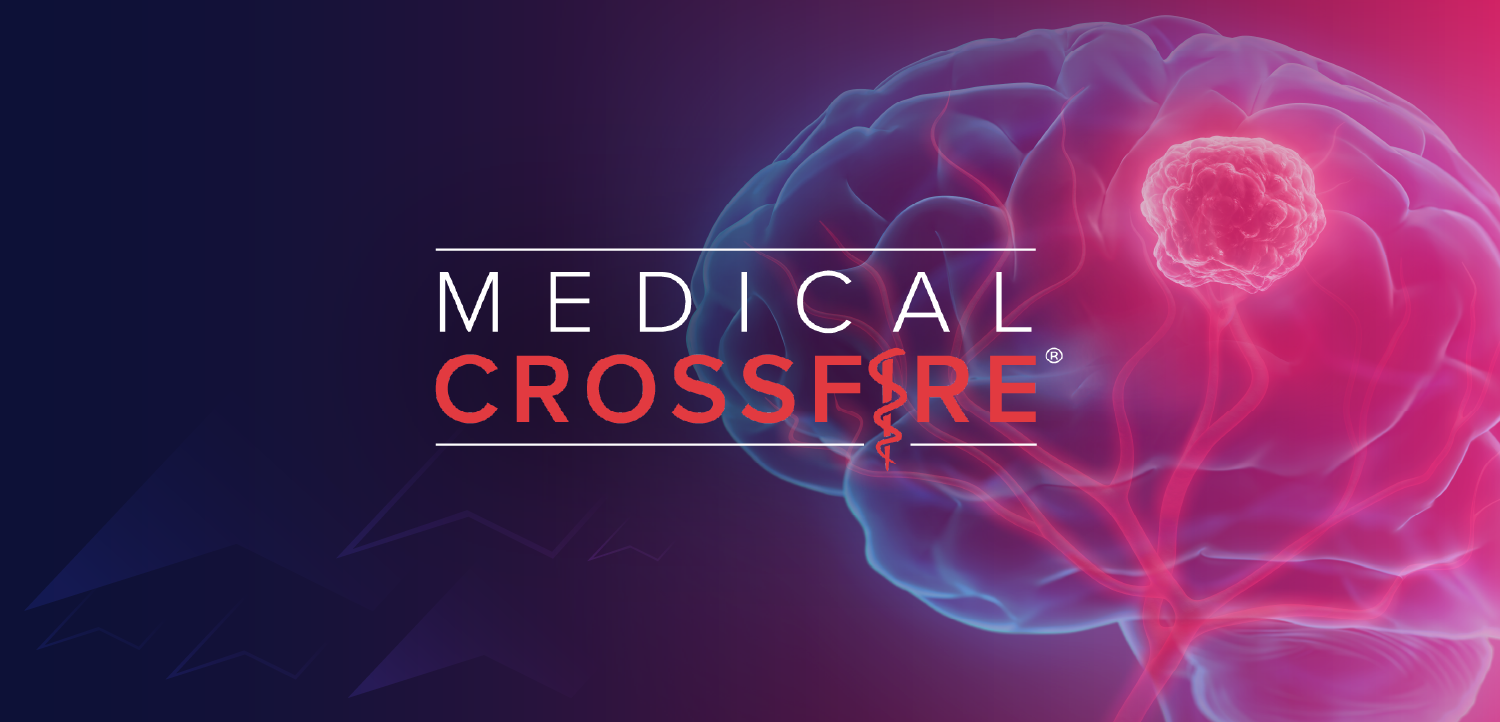
Opinion|Videos|October 18, 2024
Long-term NMOSD Data
Author(s)Sean Pittock, MD
Key Takeaways
- Satralizumab and inebilizumab demonstrate sustained efficacy and favorable safety profiles in NMOSD management, reducing relapse rates significantly.
- Satralizumab targets interleukin-6 receptors, while inebilizumab targets CD19, both contributing to reduced relapse rates in NMOSD patients.
Sean Pittock, MD, discusses the long-term efficacy and safety results of other FDA-approved treatments for neuromyelitis optica spectrum disorder, including satralizumab, inebilizumab, and the off-label use of rituximab.
Advertisement
Episodes in this series

Video content above is prompted by the following:
Can you also comment on long-term efficacy and safety results with other FDA-approved treatments, including satralizumab, inebilizumab, and off-label use of rituximab?
Newsletter
Keep your finger on the pulse of neurology—subscribe to NeurologyLive for expert interviews, new data, and breakthrough treatment updates.
Advertisement
Latest CME
Advertisement
Advertisement
Trending on NeurologyLive - Clinical Neurology News and Neurology Expert Insights
1
Repositioning GLP-1 Drugs for Neurologic Disease: Evidence, Advances, and Outlook
2
What’s All the Buzz? Trending Topics and Phrases of Neurology in 2025
3
Remyelinating Agent PIPE-307 Falls Short in Phase 2 Trial of Relapsing Multiple Sclerosis
4
Brain-Penetrant Molecule GT-02287 Demonstrates Reversal of Glucosylsphinogosine in Parkinson Disease
5




















